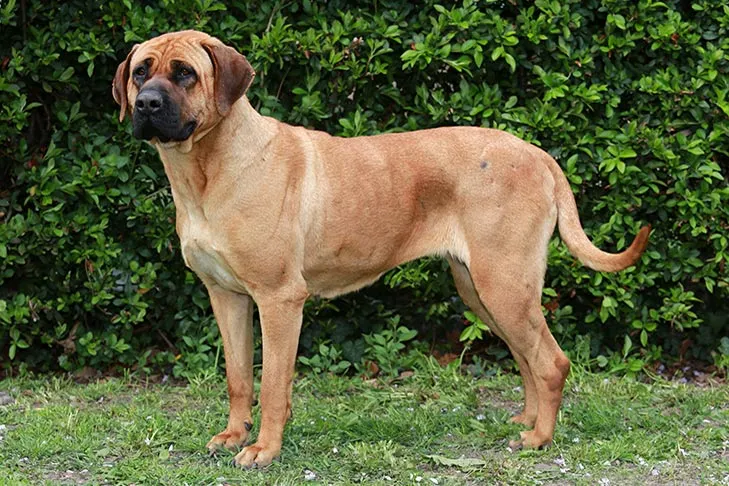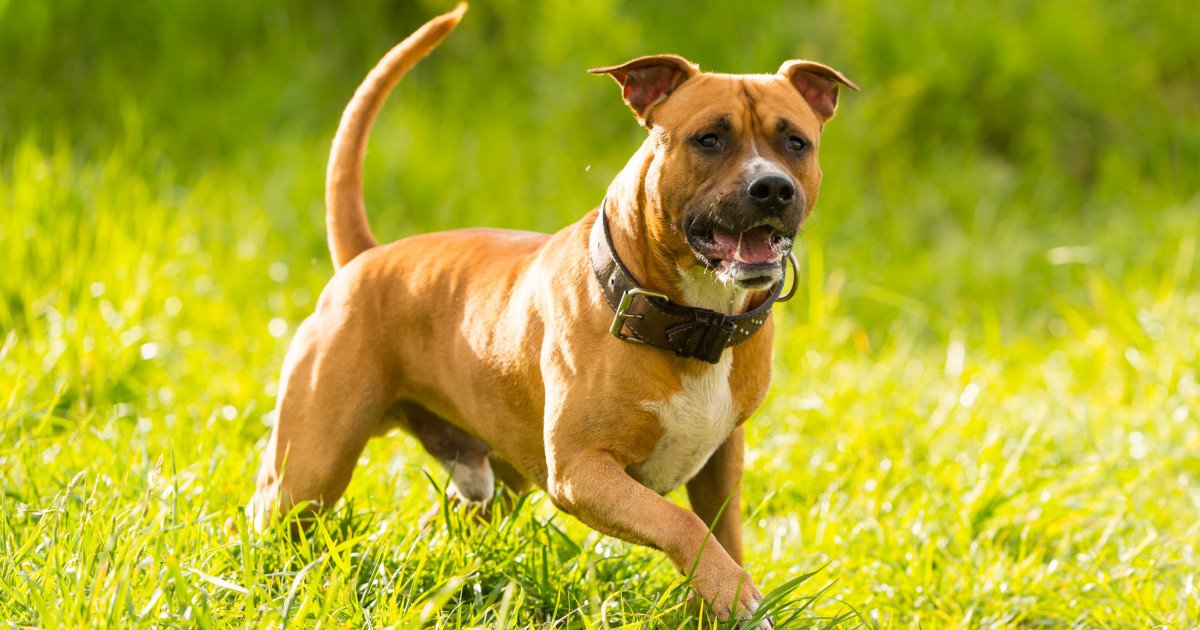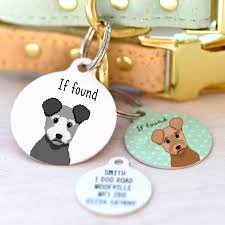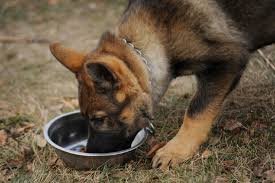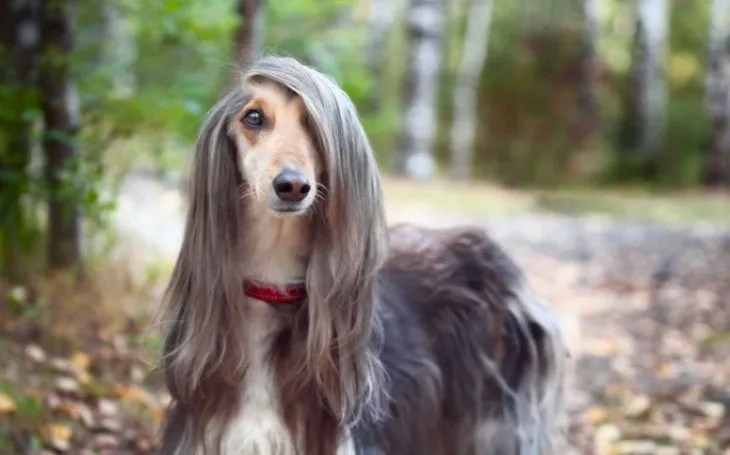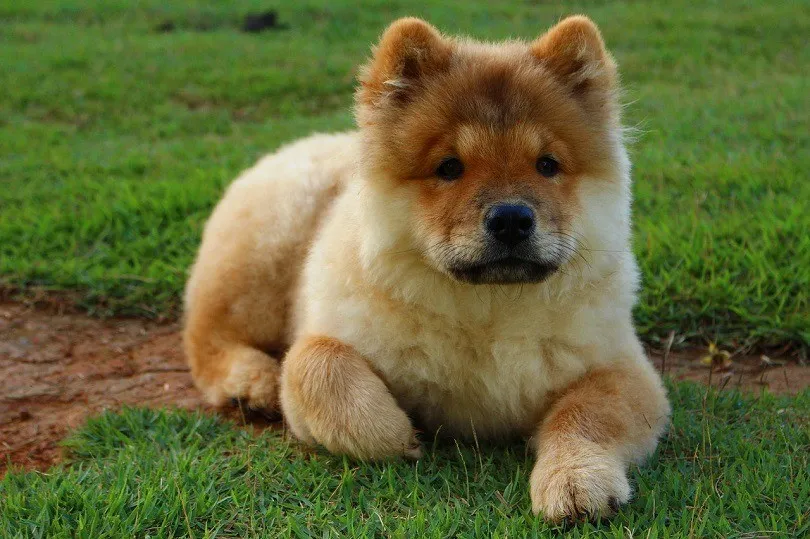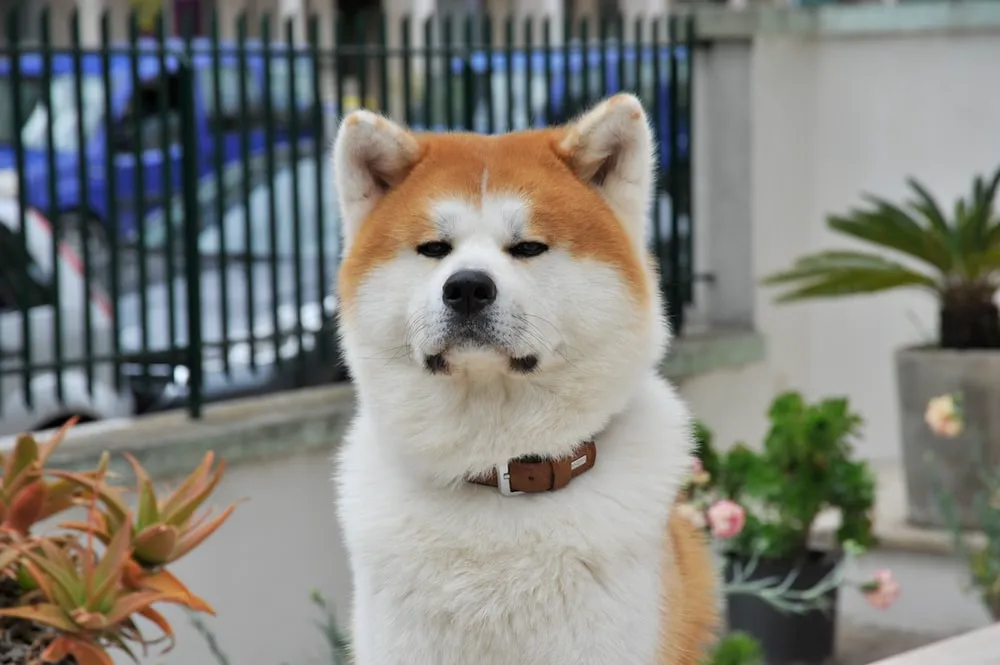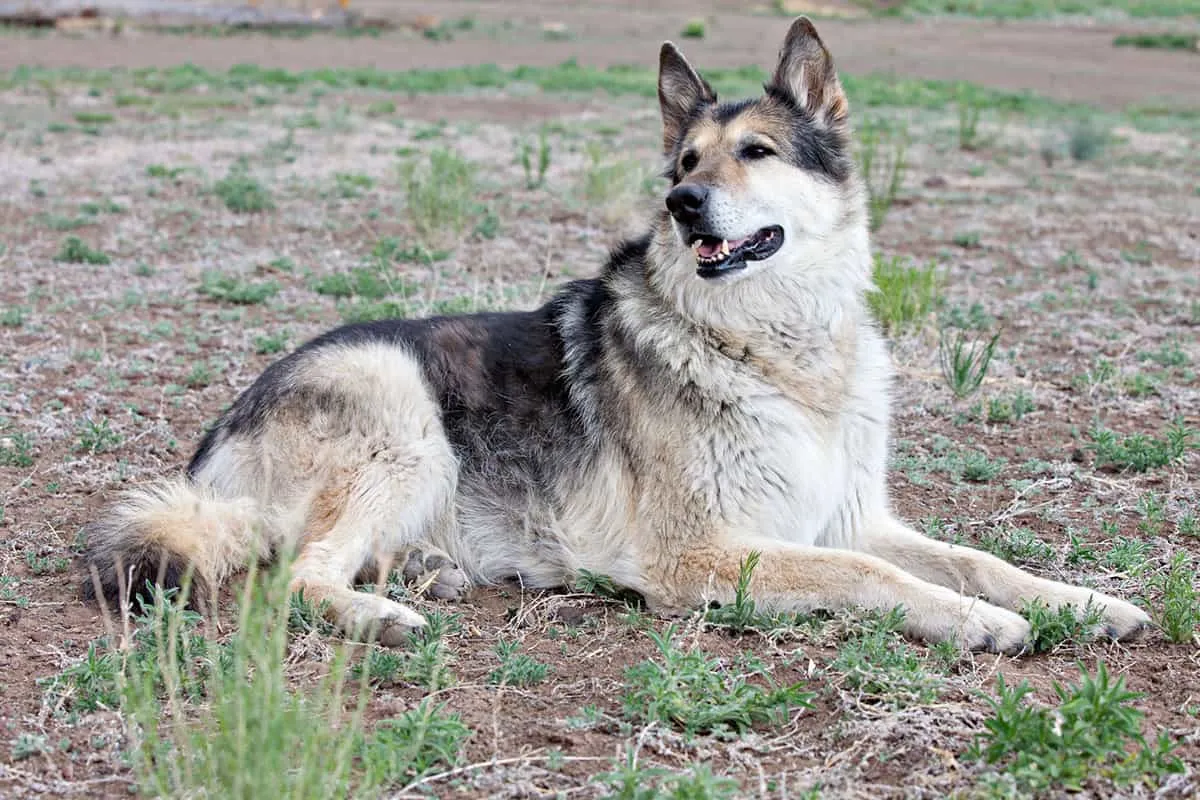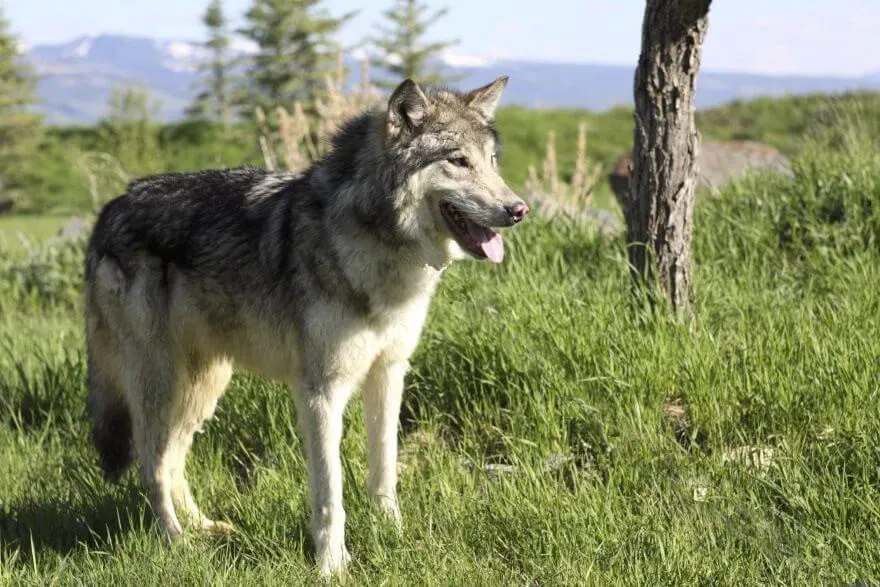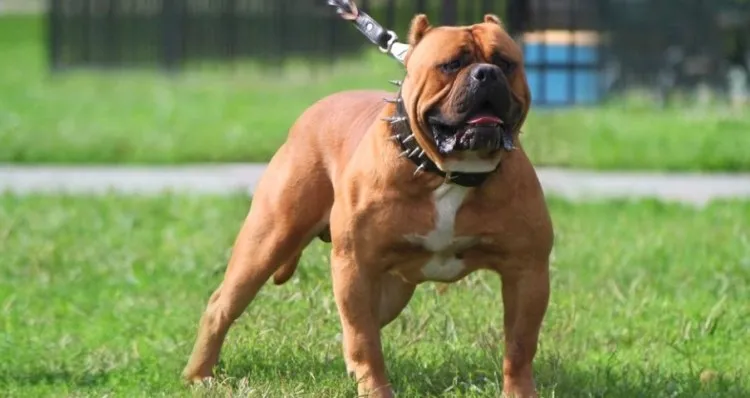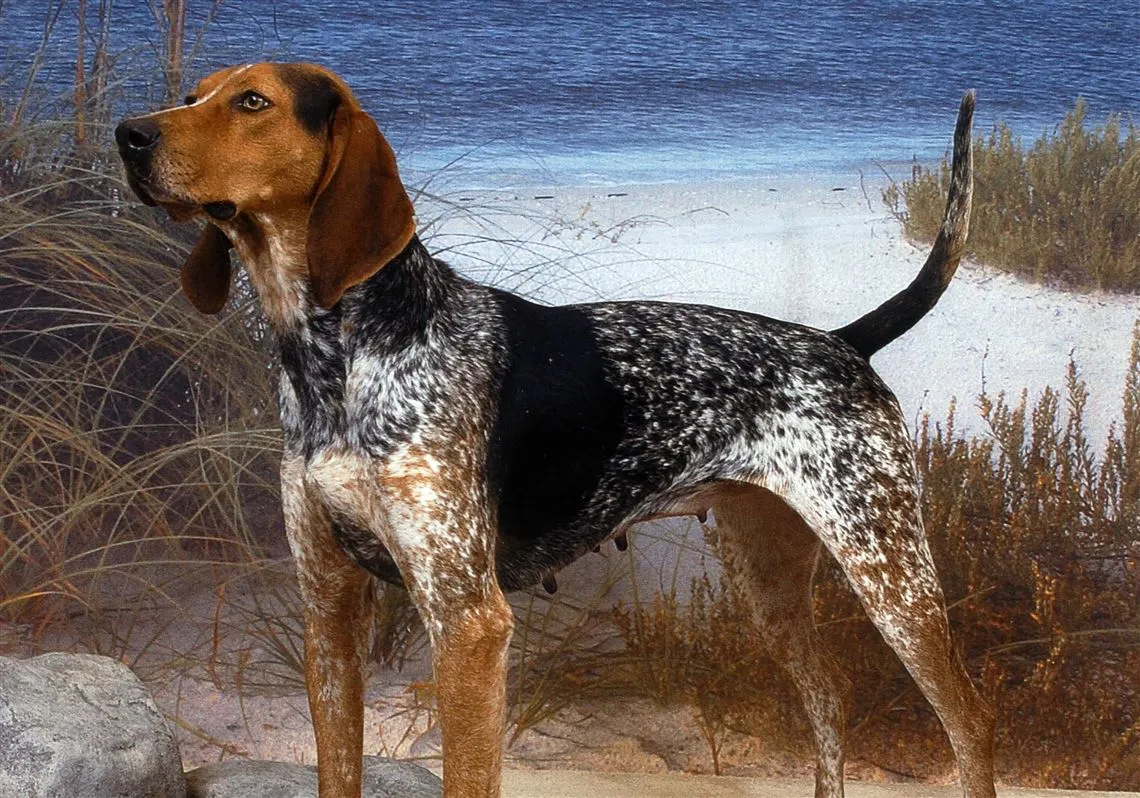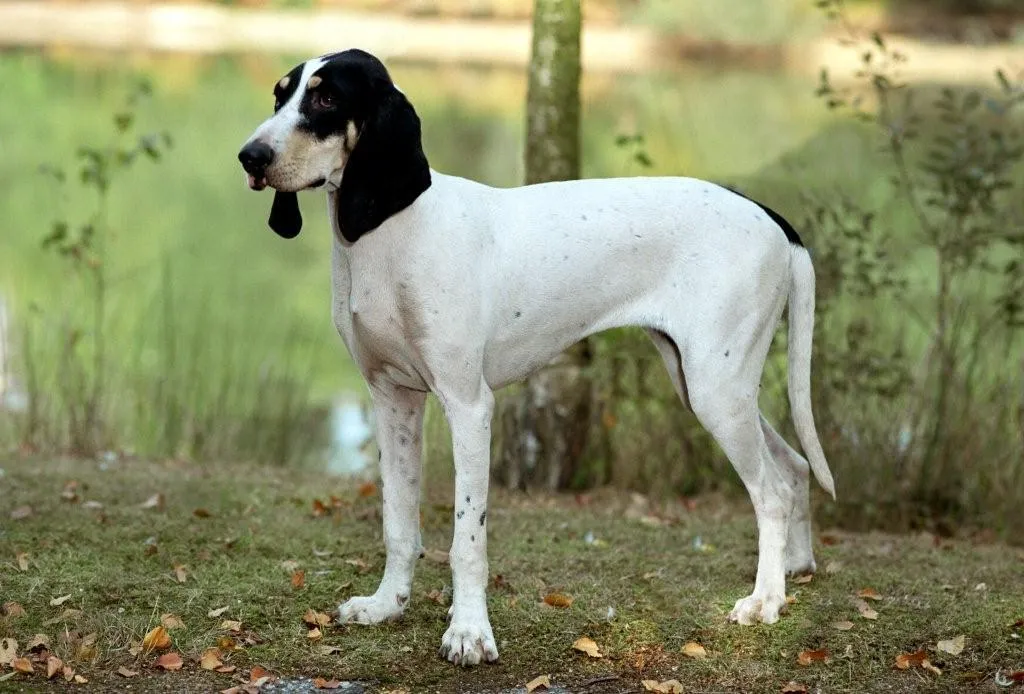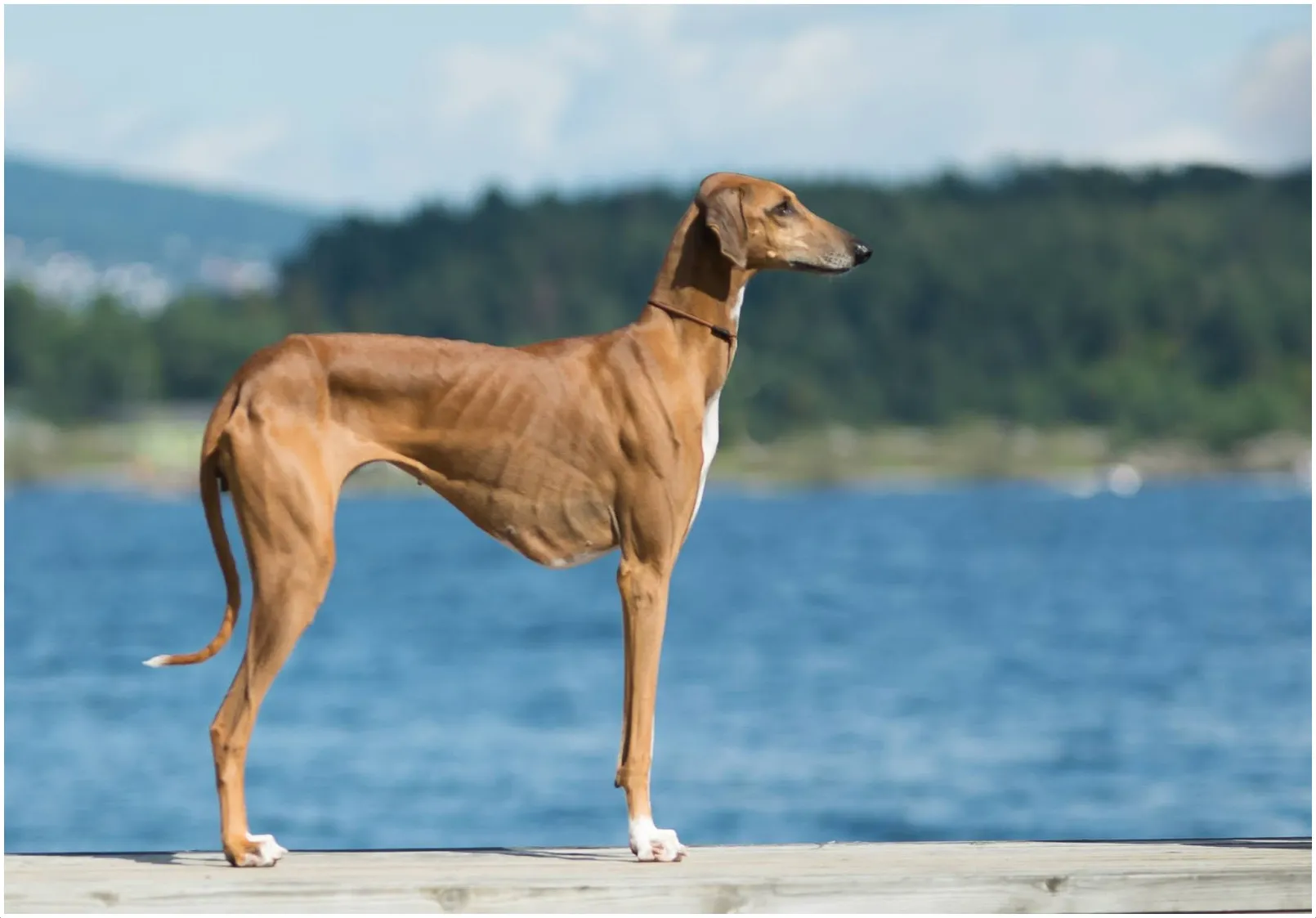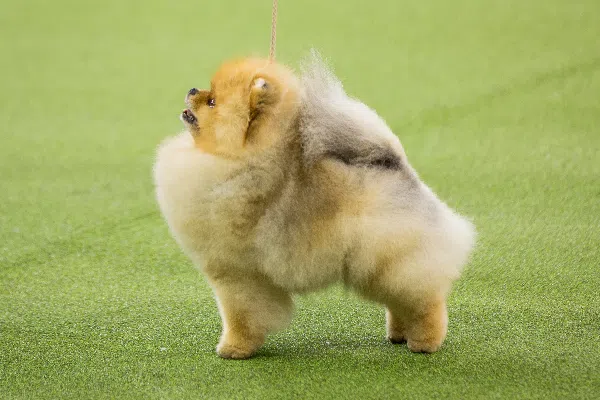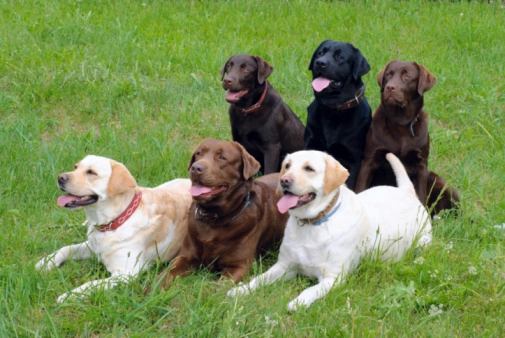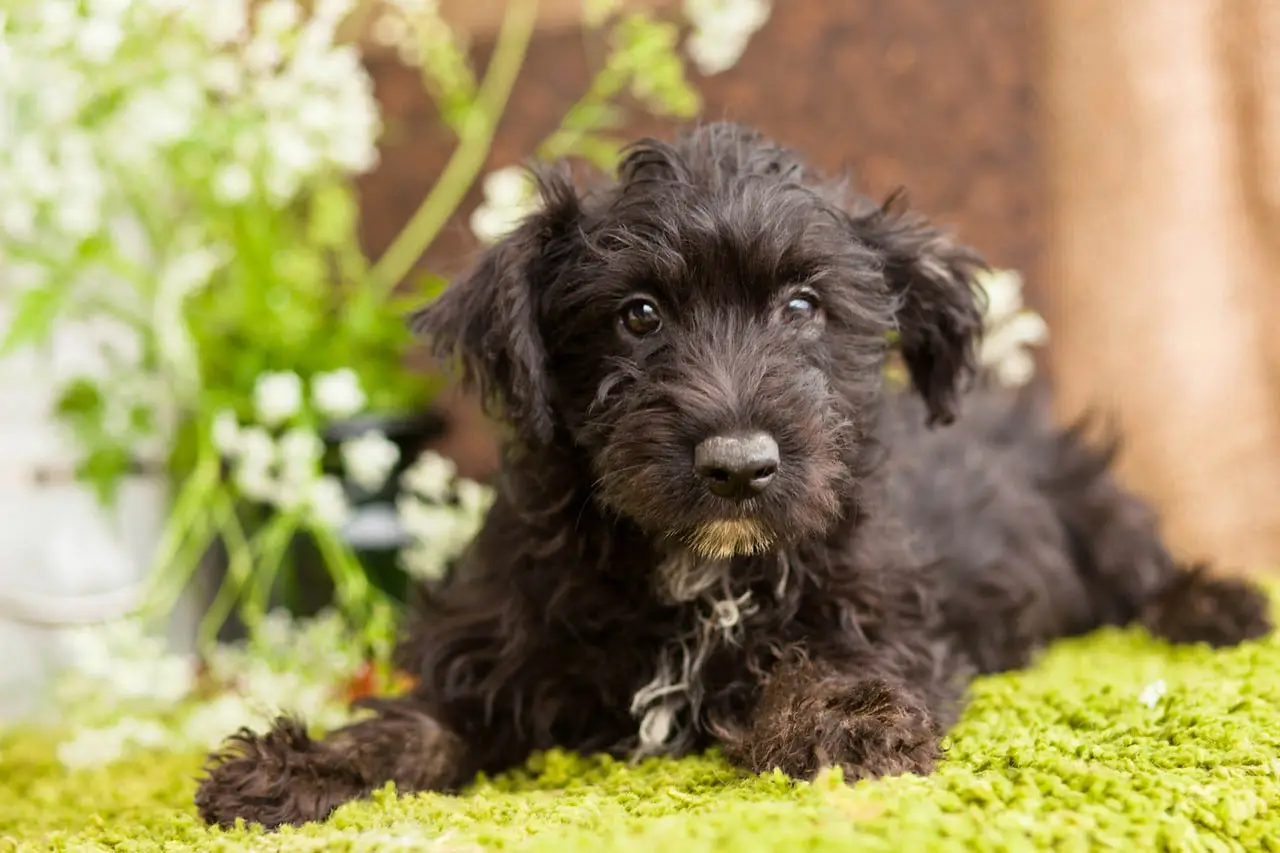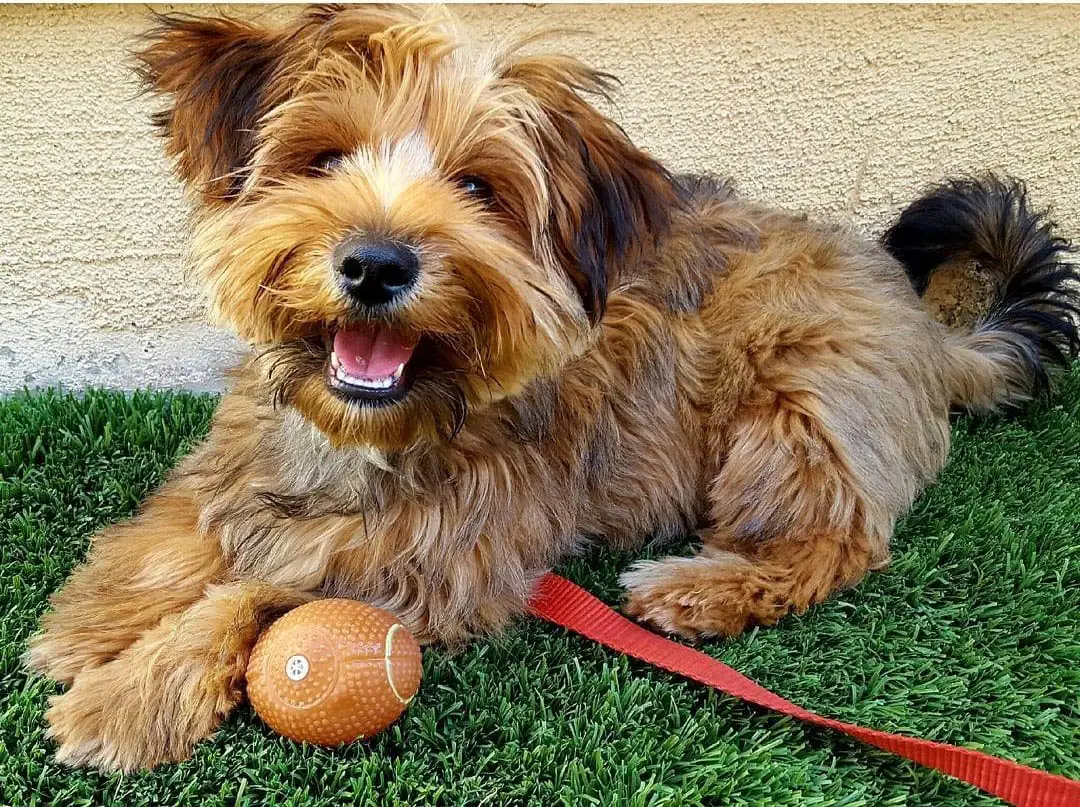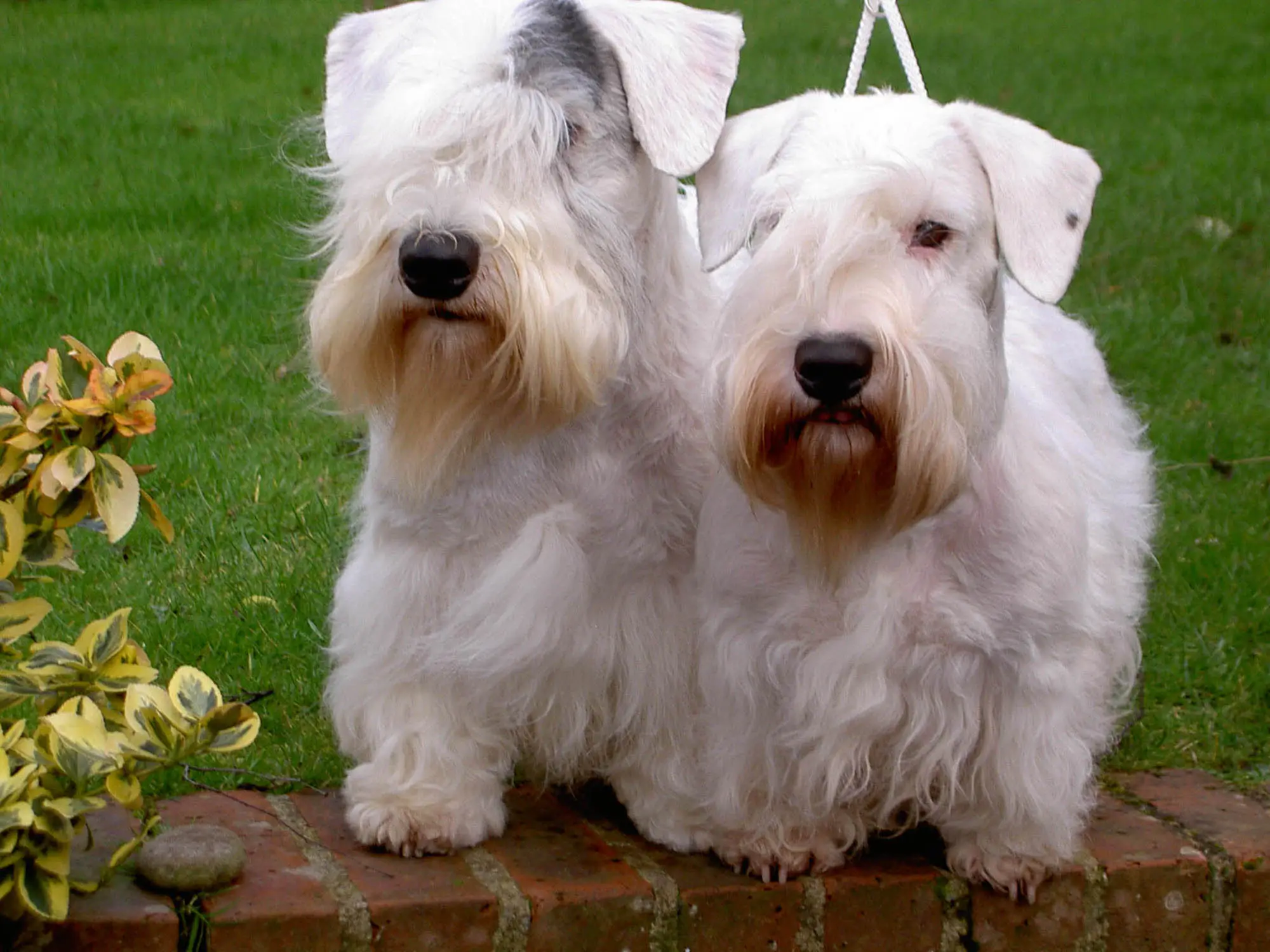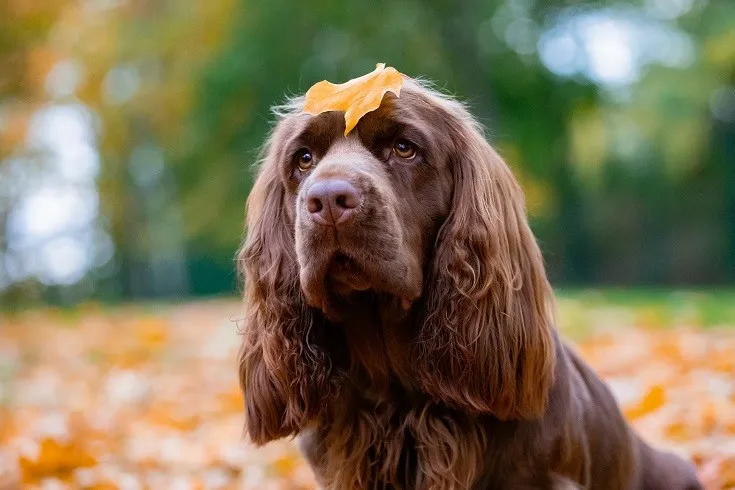Care
Exercise
They are very energetic and exercising is very crucial for this fighting breed. Without adequate training, they might develop odd behaviors. Long walks or jogs twice a day with ample playtime in the yard will be sufficient for the dog.
Grooming
They are low shedders and require little maintenance. Brushing them once a week will remove the dead hairs and dirt from their coat. A natural bristle brush will be suitable to retain the glossy look of the fur. Bath them once in three months or when they are incredibly filthy. They suffer from skin fold infections, hence cleaning their wrinkles by a moist cloth is necessary. Its droopy ears will retain moisture and wax, requiring cleaning every week, to prevent painful ear infection. Nails will require trimming two to three times a week with a nail clipper. Teeth brushing twice or thrice a week will avert tartar collection and tooth decay.
Health Problems
Tosa Inu is a healthy breed, but like other large dogs, it tends to suffer from gastric torsion (bloating). Other problems like hip dysplasia and eye conditions are also common in the dog. However, random veterinarian checkups and occasional tests will keep the dog healthy and fit. Even before buying, one can ask the breeder about its parent's history of health problems.
Training
The dog has an independent nature, and a firm and persistent trainer is crucial to control this dog. Early socialization is vital because they can be hostile to all. Visiting public places like bus stops, parks or dog parks will allow the dog to meet new people and dogs which will fraternize it. They also require leash training due to their ferociousness.
Feeding
They like to eat homemade food consisting of bones and meat. Avoid exercising just after eating or before to prevent bloating. They have substantial body weight and can develop weak legs with age. Therefore, provide the dog with calcium enriched food and add more vitamins and minerals to the dog’s diet.
Diet & Nutrition
The Tosa Inu is a mighty Japanese dog weighing 100 pounds up to 200 pounds. Tosa Dogs simply love to gorge on food, so if you don’t supervise your Tosa Inu’s feeding, the animal might become obese. You’ll need to monitor portions and watch how much your dog is eating, especially when young.
The growth and development of all fighter dog breeds and giant dog breeds, including the Tosa Inu, must be regulated. Unbridled and abrupt growth may not be conducive for the Tosa Inu as there’s the risk of developing hip and elbow dysplasia and joint disorders. Apart from monitoring and controlling the diet of your Tosa Inu, you should also keep the meal timings in mind.
Vets generally recommend offering high-quality dog food in small portions several times throughout the day. Giving smaller amounts at regular intervals prevents and minimizes the chances of bloating and, at the same time, avoids feeding your pet Tosa immediately before or after training and exercises for the same reason.
Additionally, bear in mind that if your dog is obese or overweight, the pet is at a high risk of developing numerous other health problems. Discuss drawing up an appropriate nourishment regimen for your dog based on Tosa Inu’s size, weight, activity level, and age with your vet.
.png)
